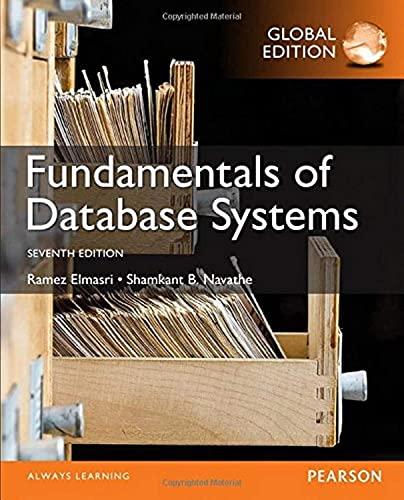Question
The function shown below is a solution to the list_to_string (Version 1) problem from Assignment 1: def concat_elements(arglist, startpos, stoppos): result= if startpos < 0:
The function shown below is a solution to the list_to_string (Version 1) problem from Assignment 1:
def concat_elements(arglist, startpos, stoppos): result="" if startpos < 0: startpos = 0 if stoppos >= len(arglist): stoppos = len(arglist)-1 idx = startpos while idx <= stoppos: result += arglist[idx] idx += 1 assert tail_of_result_is_ok(arglist, idx, result) return result
Write a function tail_of_result_is_ok(arglist, i, result)that will be called by the assert at the end of each iteration of the loop shown above. The purpose of this function is to check the relationship that the tail of the string result should have with the ith element of arglist. You have to figure out what this relationship must be.
Think about what relationship the idxth element of arglist must have with the string result at the point immediately after the line of code
result += arglist[idx]
Now consider what you can say about this same relationship at the point in the code where the assert is shown (above).
Your function tail_of_result_is_ok(arglist, idx, result)should return True if this relationship is in fact satisfied given the values of arglist, idx, and result at the point where the assert is made; and False if it is not.
Programming Requirements
The function specified above should be implemented without using if statements or looping control structures. You may use the Boolean operators and, or, and not.
Note that solutions that "accidentally" pass test cases will not get credit.
Step by Step Solution
There are 3 Steps involved in it
Step: 1

Get Instant Access to Expert-Tailored Solutions
See step-by-step solutions with expert insights and AI powered tools for academic success
Step: 2

Step: 3

Ace Your Homework with AI
Get the answers you need in no time with our AI-driven, step-by-step assistance
Get Started


